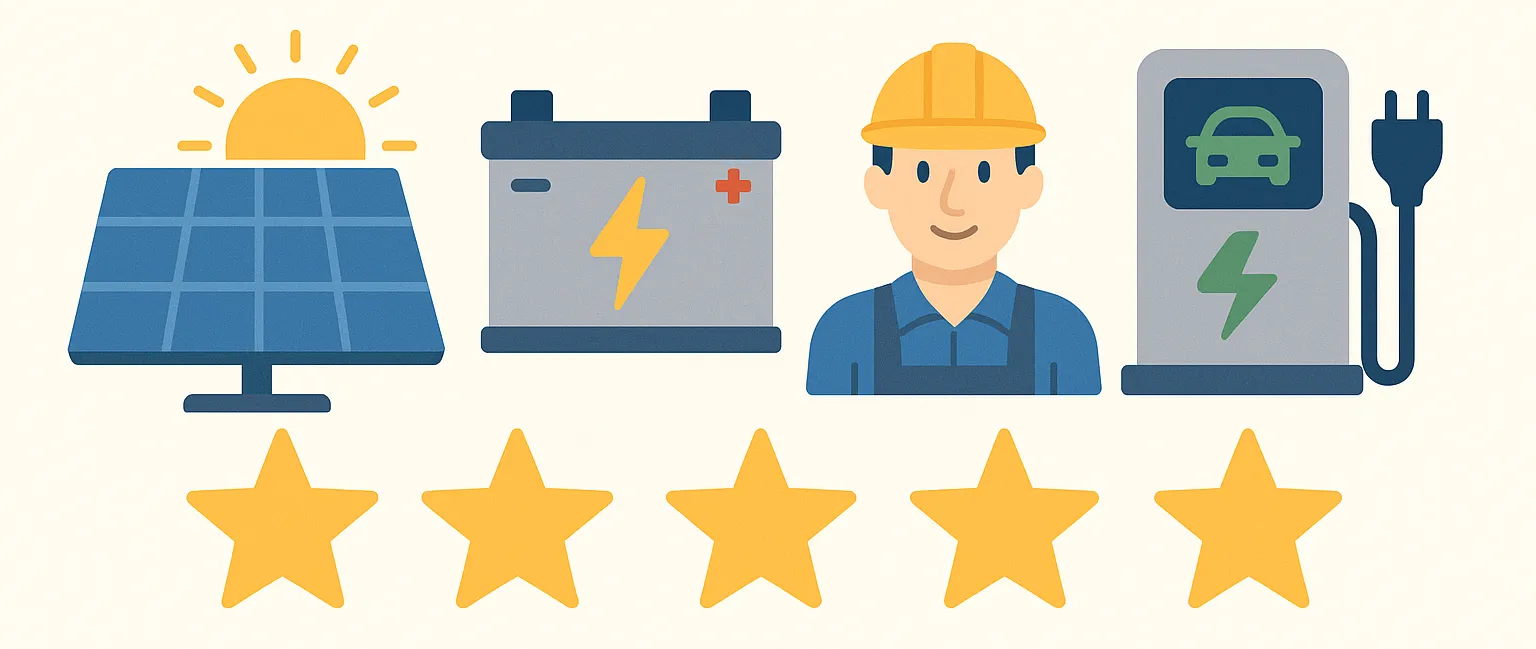Australia’s energy and environment minister has hailed the country’s accelerating residential energy storage sales as a report has emerged from Chief Scientist Dr. Alan Finkel which says the “financial equation is straightforward” for adding batteries to home PV systems.
In 2017, Australia had nearly 21,000 storage batteries installed in homes across the country, the paper states. This figure is three times more than the total for 2016.
Over 1.8 million Australian rooftops are fitted with solar PV, most of which are residential. Feeding solar into the grid only makes the seller around AU$0.08 per kWh, to give the ballpark figure quoted in Finkel’s paper, while retail prices the same homeowner would pay for grid power are at around AU$0.30 per kWh. Storing the electricity generated and self-consuming it onsite instead, therefore, represents a significant potential for savings.
Finkel found that around 21,000 home systems were installed during 2017, which Frydenberg claimed made Australia a world leader for the installed capacity of batteries when taken with large grid-scale projects such as Tesla-Neoen’s 129MWh Hornsdale battery project in South Australia and two others which Frydenberg’s government funded the installation of.
“We are now not only the world leader in the use of rooftop solar but also the world leader in the installation of residential battery storage by power capacity,” Frydenberg said.
“This is why the Turnbull Government put energy storage on the agenda – to deliver a more affordable and reliable energy system for Australians.”
Residential energy storage part of the big picture
‘Taking charge: The energy storage opportunity for Australia’ updates a detailed report called ‘The role of energy storage in Australia’s future energy supply mix’. The Australian Council of Learned Academies released the paper in November 2017. It highlights five key points.
- Energy storage batteries will help transform the Australian electricity network.
- In 2017 Australia led the world in the installation of residential battery storage in terms of power capacity.
- Lithium-ion batteries and pumped hydro are the two most mature energy storage technologies in Australia.
- The price of home battery systems like the Tesla Powerwall 2 is falling.
- Australia is well placed to expand its mineral exports. Lithium used in batteries is in particular demand.
Standardisation aims at installers as well as inspiring consumer confidence.
Frydenberg said that going forward, the controversial National Energy Guarantee will ensure that utilities have to demonstrate they have reliable energy capacity available, including battery storage where applicable.
As the report emerged, it was also revealed groups including the Commonwealth Scientific and Industrial Research Organisation (CSIRO) and DNV GL will spur efforts for standardisation of system installation and other best practises.
Julia Chen, senior sales director, said at Intersolar Europe / ees Europe that standards are most needed on the “installation side as it’s a new technology for installers”.
On a related note, Energy Networks Australia (ENA), a trade group representing transmission and distribution operators, said in June this year that a more consistent approach to grid connections of solar PV and battery storage is needed and published its own guidelines and recommendations for doing so.
